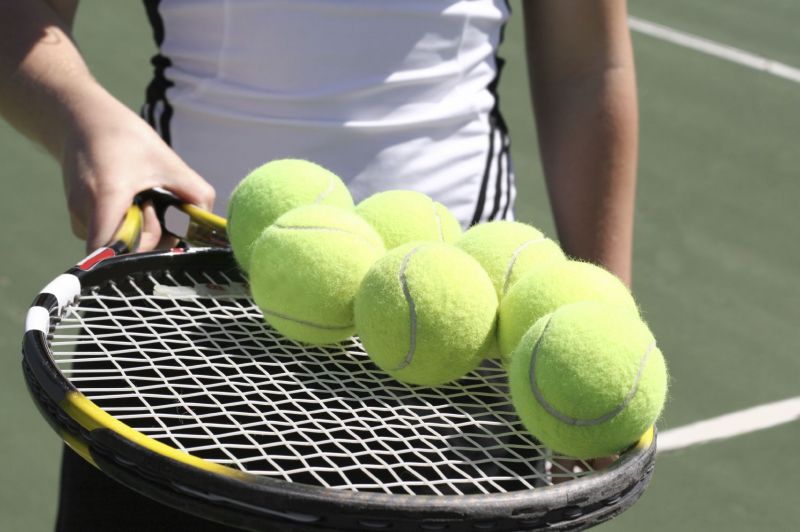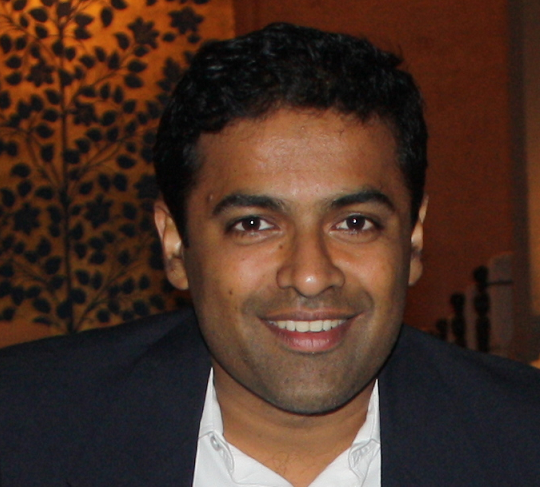The need for a student-athlete system in India

The term ‘student-athlete’ sounds like an oxymoron in the context of the Indian education system. Either you are a student, or you play sport, right? Wrong. Back in 1964, Walter Byers, the first-ever NCAA director in the USA, coined the term student-athlete. It referred to collegiate athletes who were full-time students and competing at the same time. If a research survey is conducted on how many Indians gave up sport to pursue academics, the result could show millions did. The real question is, can both be pursued without risking the other? The answer is yes.
The great dilemma
When a junior tennis player (U-18 age group) reaches the crossroads of choosing to become a tennis professional or enroll in college, the default practice by the ecosystem (family and friends) is to influence the player to give up sport.
This is obviously assuming that the player may not succeed as a professional and would be left behind with no higher education as well. Double whammy they say. This dilemma is unique to athletes given the need for training and travel during their youth, which coincides with the college schedule.
Harsh Mankad, former India No 1 who secured an NCAA scholarship at the University of Minnesota, saw the best of both worlds. “The college tennis route is ideal for players who are looking for international exposure, a training base with excellent facilities, professional coaching and high level of competition to help improve the game,” said Harsh. “If the player wants to make a transition to pro tennis, that’s possible too.”
Risky game
Entering the senior circuit from the junior rungs is a tumultuous ride. Even the greatest talent needs a professional team of coaches with world-class infrastructure, and all of this is expensive. If junior players want to go pro directly, skipping college, they need a solid plan that includes high-quality training and international travel.
One such example is Yuki Bhambri, who won the junior Australian Open and had the necessary support to transition into the senior circuit. Interestingly, there are players who decide to test themselves on the Challenger Circuit (one rung below ATP) prior to making the big decision.
Harsh recalls: “In my case, I started full-time on the Pro tour after my 3rd year of college. That was the time I got selected to represent India for Davis Cup. Later, after almost a decade of playing on the professional circuit, I went back to college to complete my bachelor’s and followed it up with an MBA degree at Minnesota. Now, this educational qualification allowed me to start my own company and build a career once I retired from the pro tour.”
Balancing Act
Choosing college over going professional is not an easy decision either. Preeti Gokhale, a top 10 national junior player from Bangalore currently studying at Texas State University, says: “If a player wants to continue education as well as stick to the sport, playing college tennis abroad is the best option.
“You get a quality degree and get to play tennis at a high level. Managing my tennis and academics in parallel was not a cake walk, but definitely worth the experience. A college degree overseas is expensive, so securing a scholarship through tennis was my best option.”
The future of education
With global access to technology, online education is probably the most convenient way to pursue a college degree for sports professionals. Using this approach, WTA (Women’s Tennis Association) recently signed MoUs with leading universities and provided scholarships to interested players on the tennis circuit to encourage them to complete collegiate education.
“Getting my degree has been the highlight of my life,” said reigning US Open champion Sloane Stephens. “Education has always been very important for me and my family. Many in my family are college graduates and receiving my degree has been a goal of mine. I’m so excited to work closely with the WTA and Indiana University East to make this a reality.”
If the higher education system in India can adopt such global practices to nurture student-athletes, our sporting talent can very well look at college education as a win-win instead of either-or.
